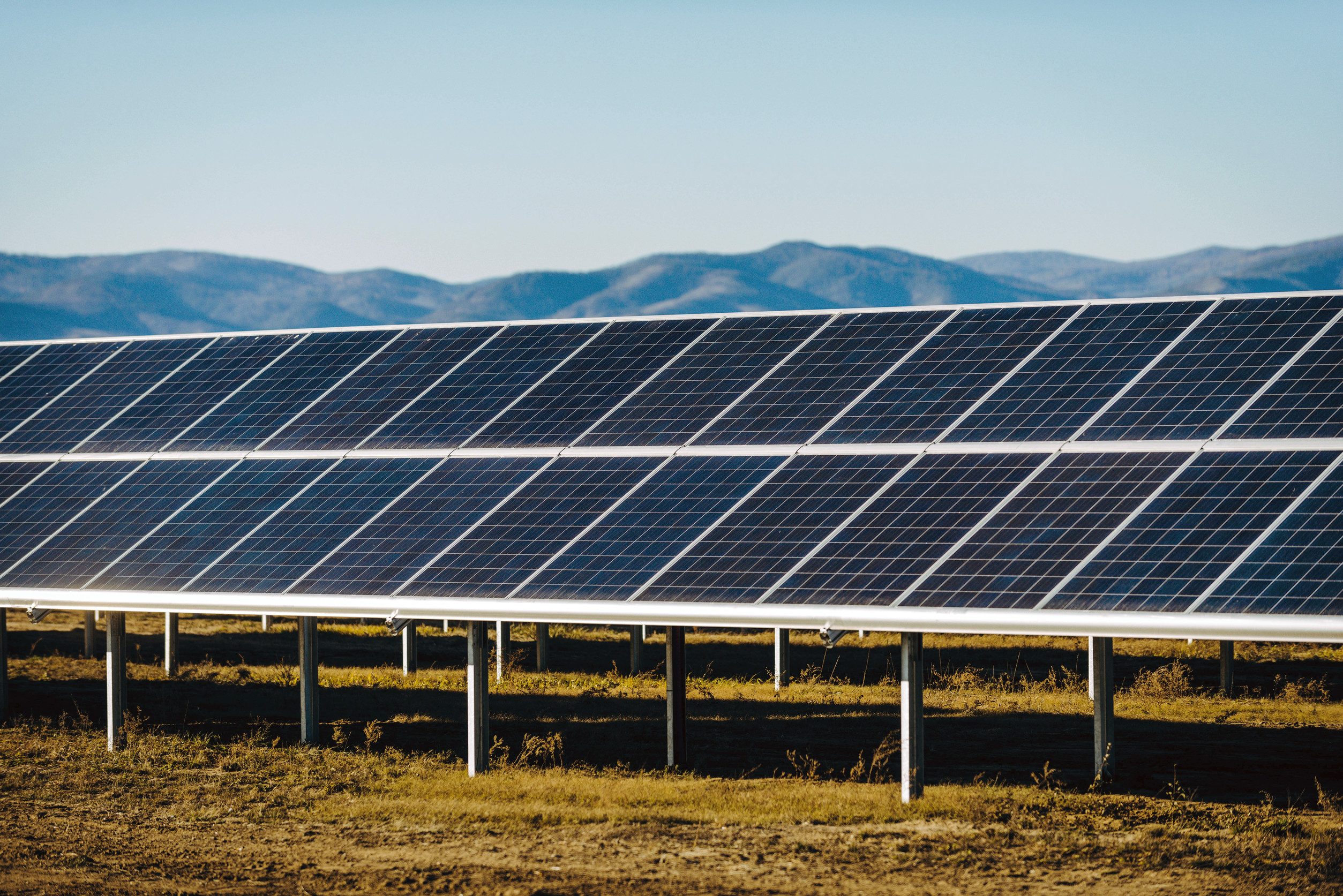BY THE OPTIMIST DAILY EDITORIAL TEAM
For the first time in history, solar power has overtaken coal in the European Union’s electricity mix. In 2024, solar energy generated 11 percent of the EU’s electricity, while coal, the dirtiest fossil fuel, fell below 10 percent.
This milestone, highlighted in Ember’s European Electricity Review, signals a “deep transformation” in the EU’s power sector, where renewables are pushing fossil fuels into decline.
“Fossil fuels are losing their grip on EU energy,” says Dr. Chris Rosslowe, senior analyst and lead author of the report. “At the start of the European Green Deal in 2019, few thought the EU’s energy transition could be where it is today. Wind and solar are pushing coal to the margins and forcing gas into structural decline.”
Fossil fuels fade as renewables rise
The fall of coal is part of a broader trend. Fossil fuel generation supplied just 29 percent of the EU’s electricity in 2024, down from 39 percent in 2019. Gas generation also declined for the fifth consecutive year, while wind surpassed gas for the second year running, generating 17 percent of the EU’s electricity compared to gas’s 16 percent.
In contrast, renewables soared. Solar and wind combined with hydropower to account for 47 percent of EU power generation in 2024, up from 34 percent just five years ago. Without the expansion of wind and solar since 2019, the EU would have needed an additional 92 billion cubic meters of gas and 55 million tonnes of coal, costing €59 billion ($61.6 billion), analysts estimate.
“The EU is striding closer towards a clean energy future powered by homegrown wind and solar,” says Dr. Beatrice Petrovich, a senior analyst at Ember. “This new energy system will reduce the bloc’s vulnerability to fossil price shocks, tackle the climate crisis, and deliver affordable energy for its households and companies.”
Solar growth powers EU countries
Solar power’s rise in the EU has been remarkable. The bloc’s solar fleet expanded by 66 gigawatts in 2024, equivalent to over 450,000 panels installed daily, leading to a 22 percent annual increase in solar generation.
Solar is growing in every EU country, with 16 nations generating more than 10 percent of their electricity from solar power in 2024. Hungary, Greece, and Spain led the way, with solar contributing 25 percent, 22 percent, and 21 percent of their electricity, respectively.
Hungary’s solar surge stems from favorable support schemes, which have spurred a substantial increase in solar installations over the past two years. However, maintaining this momentum will require enhanced battery storage and grid upgrades. “The country will need an accelerated rollout of batteries and an enhanced grid to help its consumers fully benefit from abundant solar production,” Dr. Petrovich explains.
In the Netherlands and Hungary, solar met more than 80 percent of total electricity demand during peak production hours on over 70 days in 2024.
Challenges on the horizon
While the EU’s electricity transition has progressed faster than expected, challenges remain. The wind sector, essential for meeting 2030 climate targets, faces a significant “delivery gap.” According to the report, the EU needs to add an average of 34 gigawatts of wind capacity annually between 2025 and 2030, yet current projections estimate only 19 to 22 gigawatts per year.
This gap is most pronounced in offshore wind, where project delays have led several governments to lower their 2030 ambitions. “Further progress cannot be taken for granted,” warns Dr. Rosslowe. “Delivery needs to be accelerated, particularly in the wind sector, which has faced unique challenges.”
A secure, flexible energy future
Experts emphasize the importance of flexibility in adapting the energy system to the realities of renewables. “We now need more storage and more smart electrification in heating, transport, and industries,” says Walburga Hemetsberger, CEO of SolarPower Europe.
Despite the challenges, the achievements of the past five years inspire optimism. “With continued drive and commitment, challenges can be overcome, and a more secure energy future be achieved,” says Dr. Rosslowe.
The EU’s energy revolution is well underway, with solar and wind leading the charge. As fossil fuels fade and renewables rise, the bloc is building a cleaner, more resilient power system—one panel and one turbine at a time.











